5 Strategies to Help You Get Started on the Candida Diet
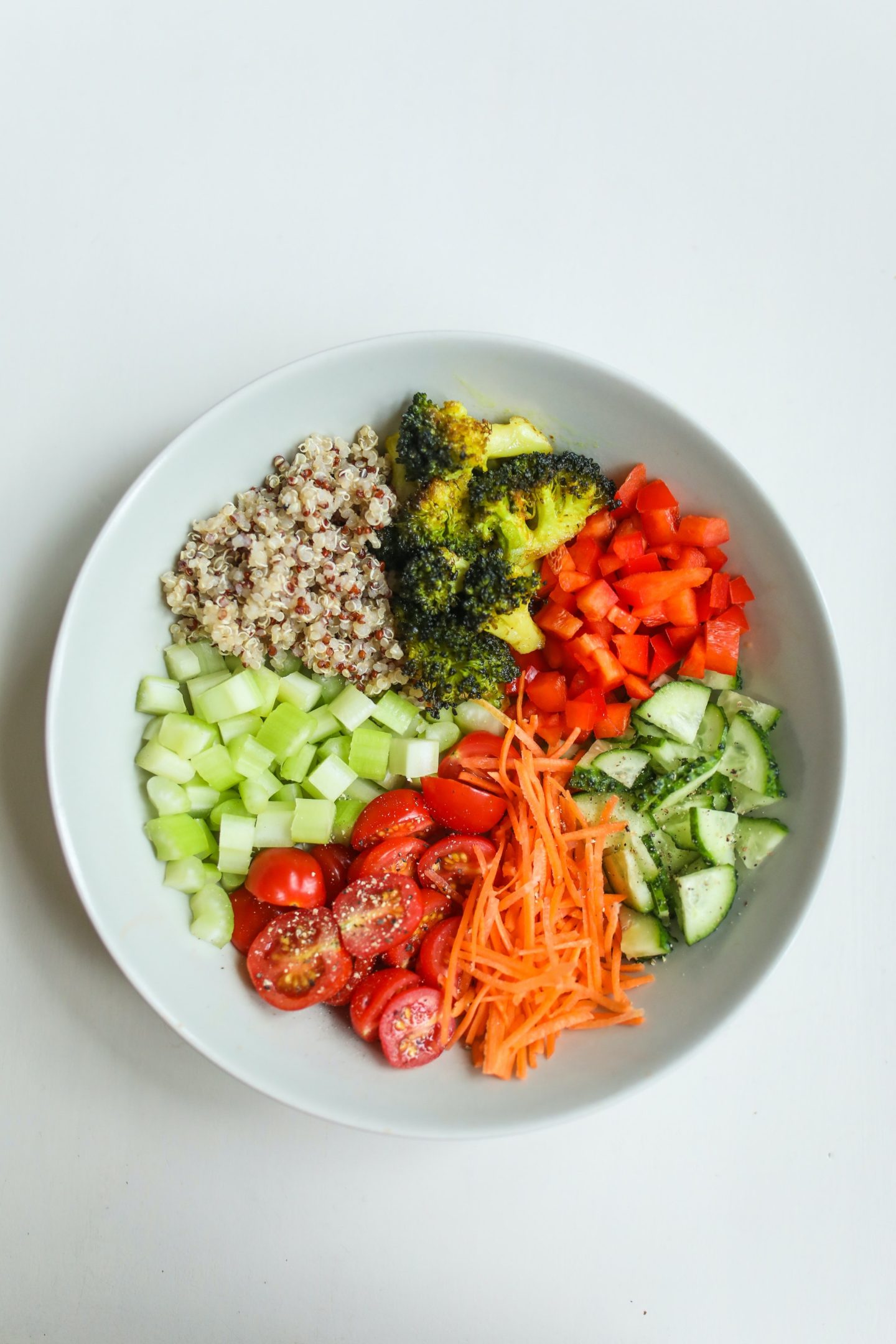
I decided to open up my Youtube channel with the premise of sharing my healing journey with people who may need support going through a similar journey of their own. More specifically, I shared my candida diet along with all of the symptoms, supplements, trials, and tribulations I’ve experienced throughout. I positioned myself as a personal blog/lifestyle content creator because it felt like everything else I would read or watch came from an “expert” or health practitioner who could not speak to my experiences.
I sought to create relatable and realistic content that showcased my personal journey navigating this lifestyle change. However, one thing I didn’t really do was speak to the basic aspects of the candida diet.
In this post, I will define at its core what a candida diet is, the approach to a candida diet, and then highlight the 5 strategies that I’ve grown to adopt over the years to help start you on the right path forward.
What is a Candida Diet?
In very simple terms, the “candida diet” is a particular dietary eating regimen that removes refined sugar, simplex carbs, and other common foods associated with feeding candida. Candida, short-form for candida albicans, is a species of yeast that is a normal part of the microbes that live on your skin and in your gastrointestinal tract however, under some circumstances, it can multiply out of control.
Candida Overgrowth
The term, Candida overgrowth, as the name entails, results when the candida yeast overpopulate the microbiome (in other words, when they colonize your digestive tract). It is then that it becomes known as Candidiasis, also known as thrush, a yeast infection, or Candida overgrowth. This matters because it leads to a plethora of digestive issues that trigger infections, inflammation and can weaken your immune system.
Typically people discover they have candida through their own Google research, a spit test, a blood test, or from being diagnosed by a health practitioner.
How to Heal from Candida Overgrowth
In even simpler terms, the way a person regains balance or homeostasis within their digestive tract is to eat foods that do not “feed” the candida yeast, while supplementing with antifungals that lessen the overgrowth. I’m choosing my words carefully to describe these details, as often you will find the words, “anti”, “kill”, and “remove” all related to the candida diet.
I’ve found that describing the overgrowth with aggressive words built feelings of hate within me by viewing candida as the enemy that I needed to rid of. You’re not completely ridding your body of these, you are detoxing and restoring the balance within your body.

Foods to Eat and Avoid on Candida Diet
It all comes down to the food you eat during your cleanse that leads to your healing. How people end up with overgrowth varies, but can be caused by:
- Stress or lifestyle factors
- Eating a diet high in carbohydrates or refined sugar
- Weakened immune system due to prolonged use of antibiotics
Naturally, combating the above points with an eating regimen that avoids simple carbs, and refined sugars and instead includes leafy greens, nutrient-dense whole foods, lean meats and plenty of water will do wonders for your healing. The actual foods to eat do vary by the person, however, the general guideline is as follows:
- Non-starchy vegetables
- Low-sugar fruits
- Enjoy healthy proteins
- Use healthy fats and oils
5 Strategies to help you get started with Candida Diet
Learning that you will need to remove the occasional chocolate bar or indulgent meal from your diet can make anyone hesitate to begin. But in an attempt to combat those thoughts of doubt, I’ve compiled a list of strategies that will help you stay focused and prepare you for this new lifestyle.
Clearly understand why you are on a Candida Diet
I became a sponge when I first heard of the candida diet and what my body was dealing with. I read articles upon articles, watched Youtube videos and really became immersed in it. In a sense, I was “preparing” myself to embark on my journey by truly understanding how my health got to this place. While this is key for helping you stay on track, this is also a general strategy that you can implement for anything.
When you clearly identify why you are doing something, you can keep this as your north star to come back to when it gets difficult, and thoughts of giving up come to mind.
Plan your meals ahead of time
Probably the more practical suggestion is you will want to plan and prepare your meals ahead of time to keep on track. Print out a list of foods that you are able to eat and post it on your fridge, then while you’re out shopping, only buy the foods listed on your grocery list.
I share my best practices for meal prepping in another post, but the best takeaway that you’ll want to adhere to is developing a routine that is built around basic principles that are easily repeatable.
Find a support system
This journey can feel a bit isolating, especially when no one around you is eating quite like you. What helped me was having a community of people I could relate to and share recipes with. I looked at forums, websites, and social media communities like FB pages and IG. I followed the pages of others sharing their candida diet journey and connected with them virtually.
Keep a food journal
Jotting down your meals will help you reflect either at the end of the day or the week on whether you’ve been progressing and why. Keeping a food journal handy will help you document your journey and serves as a way to measure your progress. If you’re working with a naturopath or health practitioner, it will help you gauge whether your meals should be adjusted, or enhanced to help meet your wellness goal.
Consider your healing journey as a lifestyle change
I wish I knew just how much of a lifestyle change this was going to be when I first started. It goes beyond the foods you eat and the routine you will have to implement. It will challenge your self-discipline, strengthen your self-love, and hopefully changes your perspective on health and wellness. I had to unlearn habits that didn’t serve me, say no to what didn’t benefit me, and become my own biggest advocate.
Conclusion
The candida diet is more than a “diet”. It will take you on a journey that includes growth, self-discipline, and perseverance. However, there are resources and support you can lean on along the way. The strategies I’ve highlighted when used simultaneously can increase your chances of success. It’s how well you adapt and prepare yourself that can save you from regret, “failure” and feelings of defeat. It’s a journey, not a race. Remember to be patient with yourself, show up for yourself every day, and establish a support system that can keep you accountable.
To follow more of my journey, subscribe to my Youtube channel, and to download my free weekly candida meal plan, sign up here.
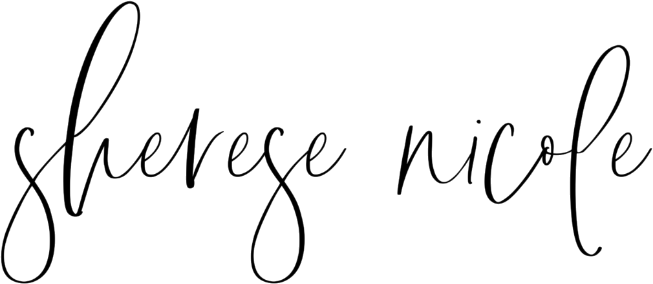

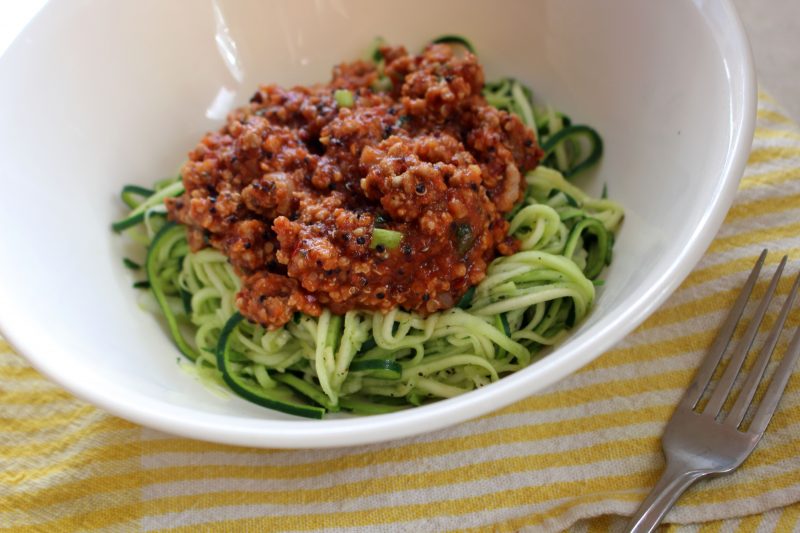
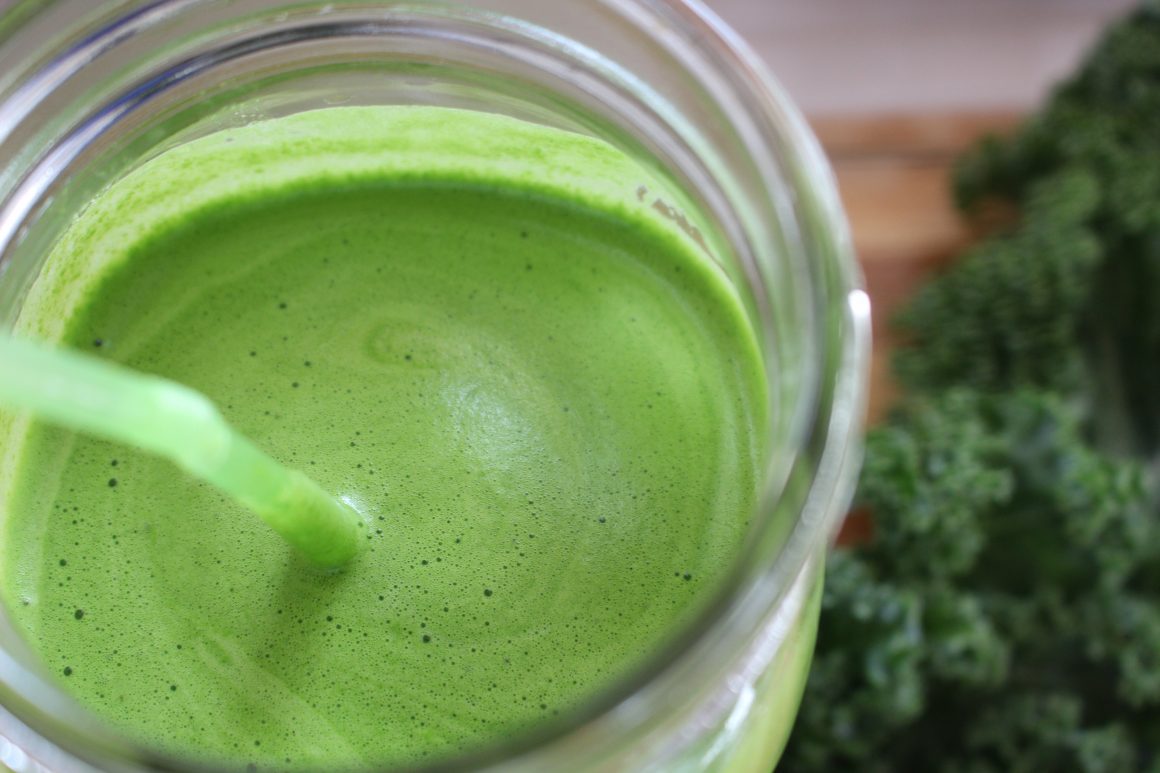

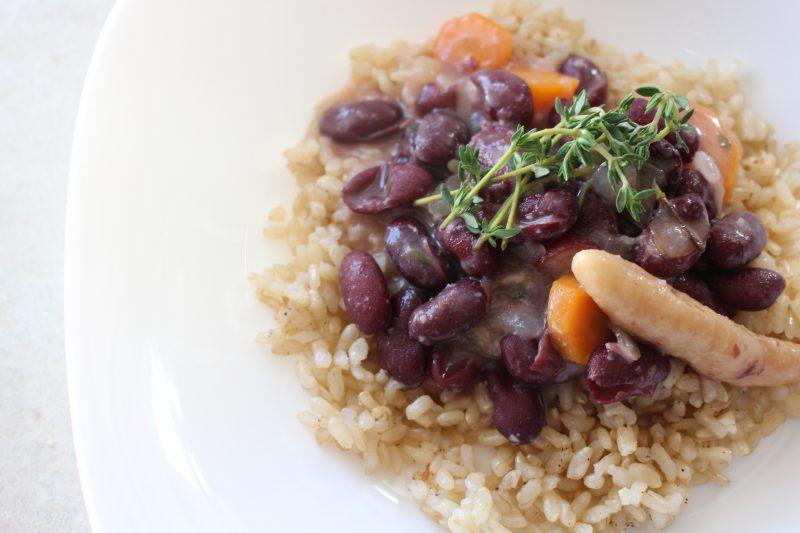
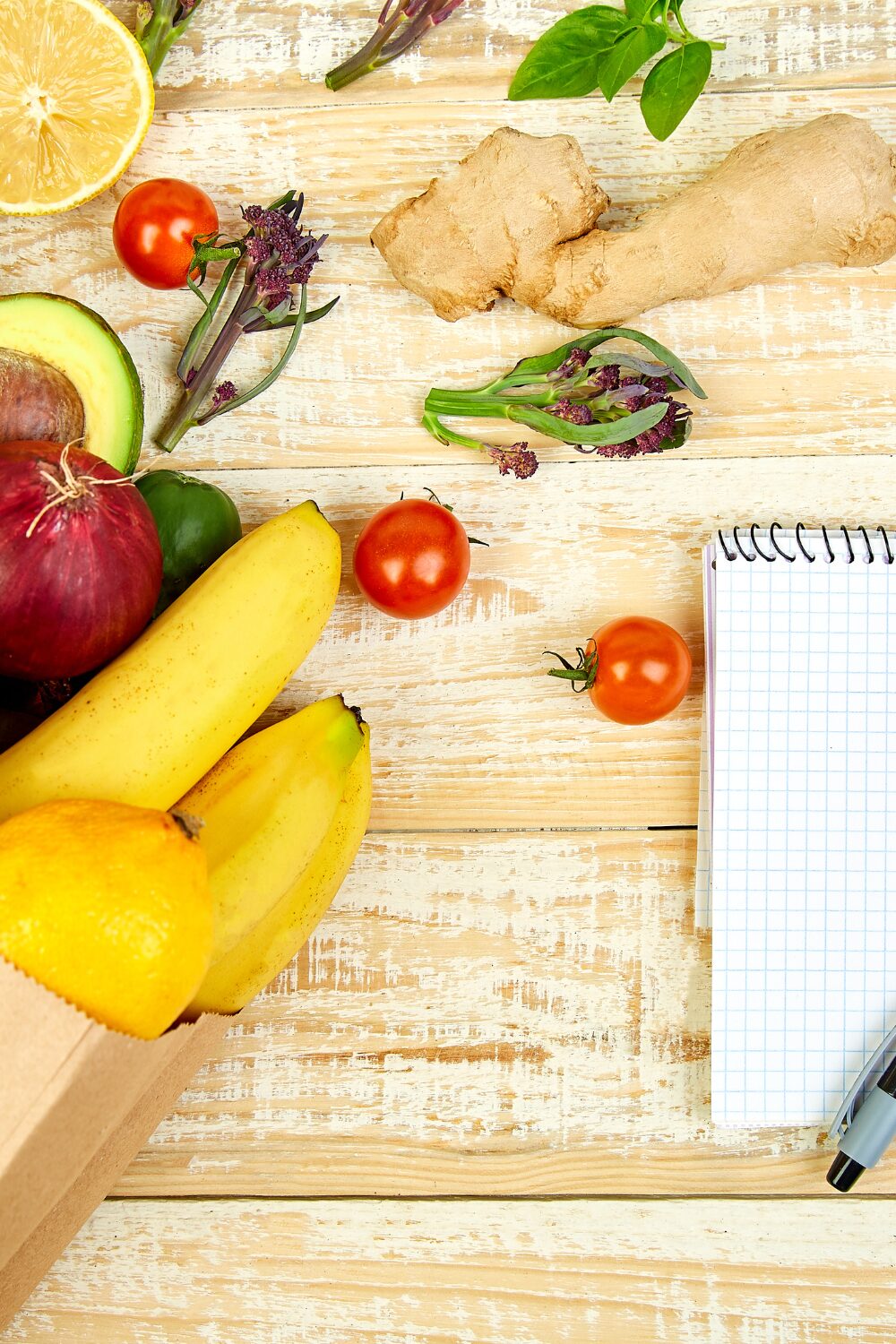
Join the List
Stay up to date & receive the latest posts in your inbox.